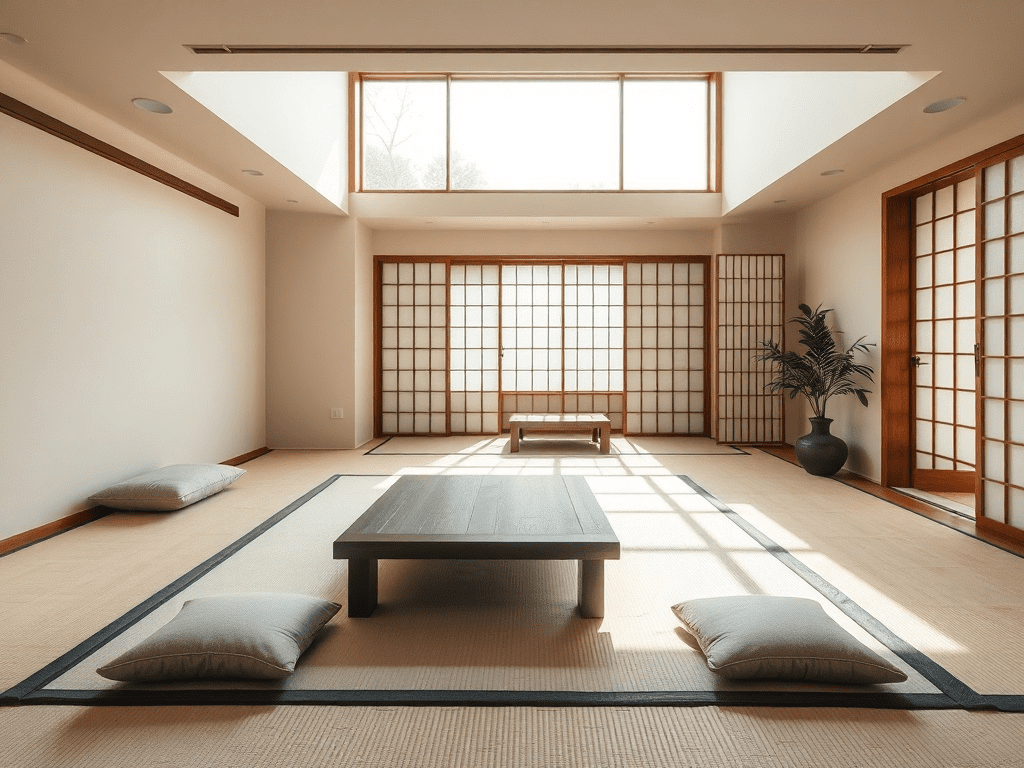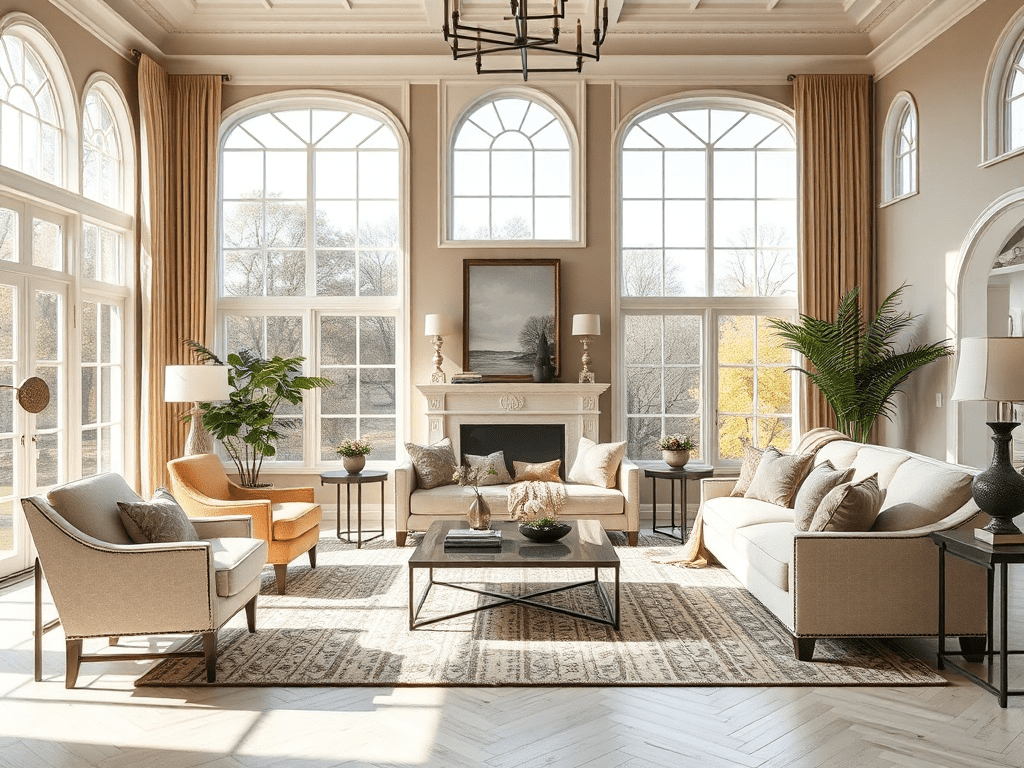Discover the opulent charm and timeless elegance of victorian era interior design. This era, spanning from 1837 to 1901, was a period of significant social and technological change, which profoundly influenced home décor. Characterized by elaborate ornamentation, rich colors, and an abundance of detail, victorian interiors exude a sense of grandeur and sophistication. Learn how to incorporate this iconic style into your modern home, balancing its traditional elements with contemporary sensibilities.

What are the key characteristics of victorian era interior design?
Victorian interior design is renowned for its distinctive features, including [i] :
- Elaborate Ornamentation: Intricate moldings, detailed carvings, and decorative plasterwork were common.
- Rich Color Palettes: Deep reds, blues, greens, and golds created a luxurious atmosphere. See more on victorian color palettes here [i].
- Abundant Textiles: Velvet, silk, and brocade fabrics added texture and visual interest.
- Dark Wood Furniture: Heavy, ornate furniture crafted from mahogany, walnut, and rosewood was typical.
- Patterned Wallpaper: Intricate floral, damask, and geometric patterns adorned walls.
- Decorative Accessories: An abundance of artwork, sculptures, and collectibles displayed personal taste and wealth.
Victorian Era Interior Design Living Room Ideas
The living room served as a focal point for entertaining and showcasing wealth. To recreate a victorian-inspired living room, consider these ideas:
- Incorporate a Fireplace: A grand fireplace with an ornate mantel is a quintessential victorian feature.
- Choose Velvet Upholstery: Opt for sofas and chairs upholstered in luxurious velvet fabrics.
- Add a Persian Rug: A richly patterned Persian rug will anchor the space and add warmth.
- Hang Heavy Drapes: Floor-to-ceiling drapes in a sumptuous fabric will enhance the sense of grandeur.
- Display Artwork and Collectibles: Arrange paintings, sculptures, and decorative objects on shelves and tables.
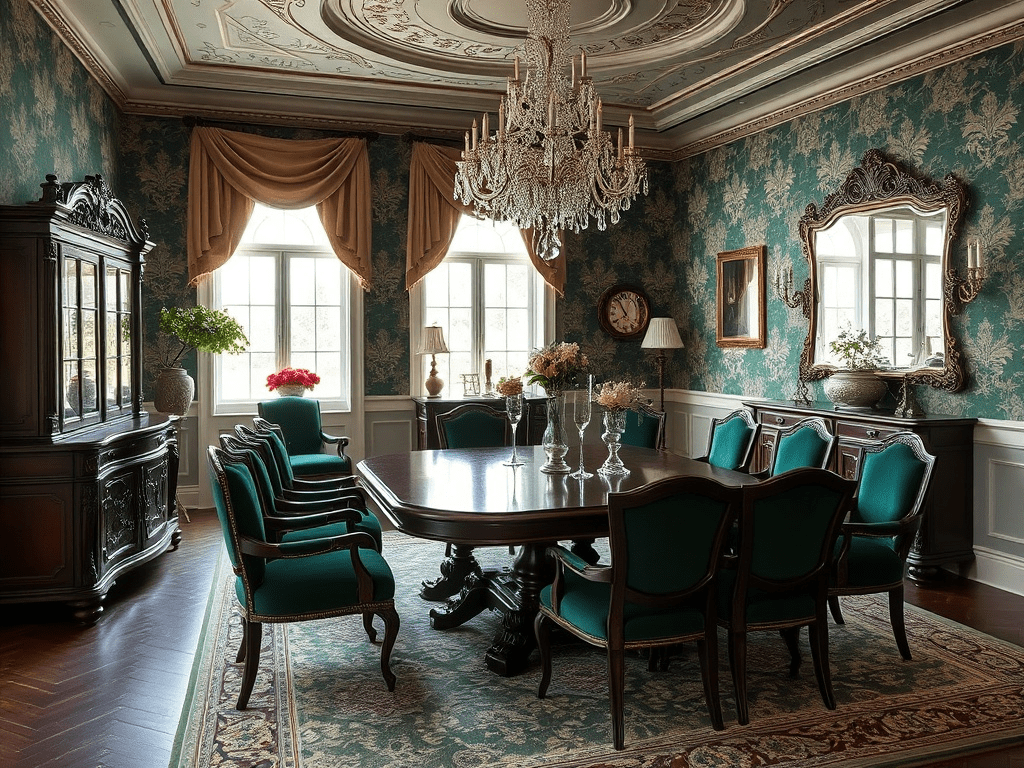
Victorian Era Interior Design Color Palettes
Victorian interiors were known for their opulent and dramatic color schemes. Common colors included [i]:
- Deep Reds: Crimson, burgundy, and garnet added warmth and richness.
- Emerald Greens: Provided a sense of tranquility and sophistication.
- Royal Blues: Evoked a sense of luxury and elegance.
- Golds and Bronzes: Added a touch of opulence and glamour.
- Browns and Creams: Served as grounding neutrals to balance the bolder hues.
Victorian Era Interior Design Furniture Styles
Victorian furniture was characterized by its heavy, ornate designs and luxurious materials. Popular furniture styles included:
- Rococo Revival: Elaborate carvings, curved lines, and floral motifs.
- Gothic Revival: Pointed arches, quatrefoil patterns, and dark wood finishes.
- Elizabethan Revival: Intricate details, rich fabrics, and imposing silhouettes.
- Arts and Crafts: Simple, handcrafted designs with a focus on natural materials.
How to Incorporate Victorian Era Interior Design into Your Home
You can incorporate victorian elements without making your house a museum. Here’s how:
- Start with Architectural Details: Highlight or add victorian architectural features like crown molding or wainscoting.
- Focus on Key Pieces: Invest in a few statement furniture pieces, such as a velvet sofa or an ornate mirror.
- Use Wallpaper Strategically: Choose a patterned wallpaper for an accent wall or a small room.
- Accessorize with Victorian-Inspired Items: Add vintage accessories like antique clocks, porcelain vases, and framed artwork.
- Mix Old and New: Blend victorian elements with modern furniture and décor to create a unique and eclectic style.
Victorian Era Interior Design Decorating Tips
Here are some essential decorating tips to achieve a victorian-inspired look:
- Embrace Clutter: Victorians loved to display their possessions, so don’t be afraid to fill your home with decorative items.
- Layer Textiles: Use multiple layers of fabrics, such as curtains, rugs, and throws, to add warmth and texture.
- Incorporate Antiques: Search for authentic victorian antiques at flea markets, antique shops, and online auctions.
- Pay Attention to Lighting: Use a combination of gas lighting, chandeliers, and table lamps to create a warm and inviting atmosphere. Information from the Victorian Society can be found here [ii].
- Create Vignettes: Arrange small groups of decorative objects on tables and shelves to create visually interesting vignettes.
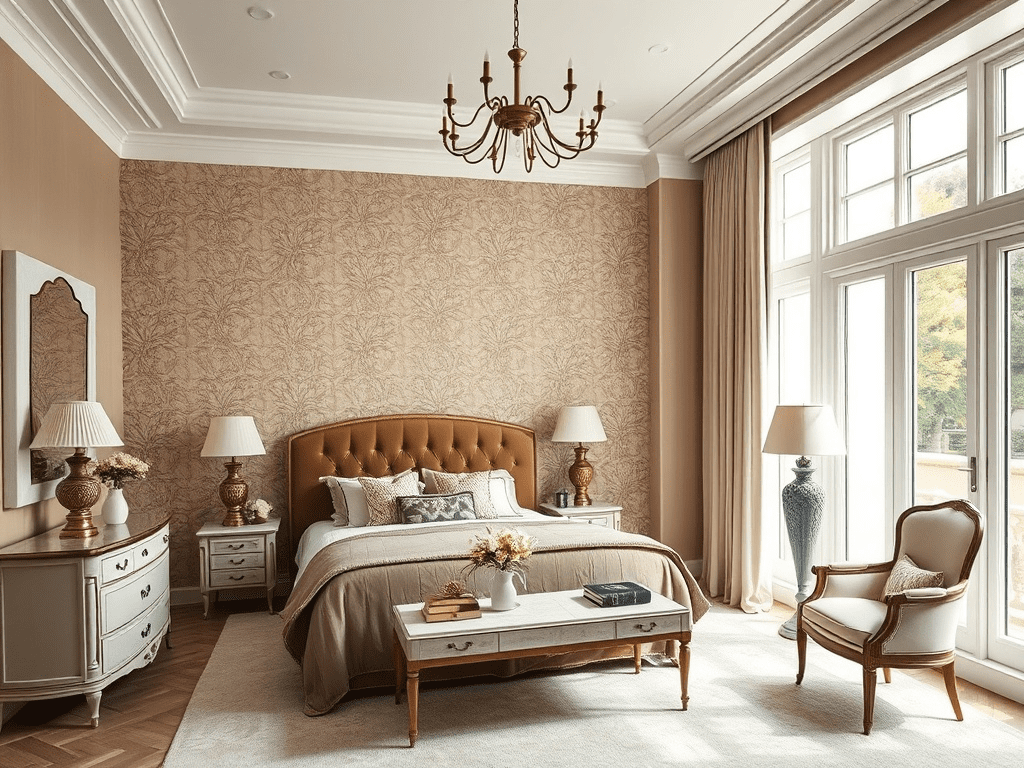
FAQ: Victorian Era Interior Design
What are the key characteristics of victorian era interior design?
Key characteristics include elaborate ornamentation, rich color palettes, abundant textiles, dark wood furniture, patterned wallpaper, and decorative accessories.
What are common colors used in Victorian era interior design?
Common colors include deep reds, emerald greens, royal blues, golds, bronzes, and grounding neutrals like browns and creams.
What types of furniture are typical in Victorian era interior design?
Typical furniture styles include Rococo Revival, Gothic Revival, Elizabethan Revival, and Arts and Crafts.
How can I incorporate Victorian era design into a modern home?
Incorporate victorian elements by focusing on architectural details, key furniture pieces, strategic wallpaper use, victorian-inspired accessories, and mixing old with new.
What are some affordable ways to achieve a Victorian look?
Affordable ways include using paint to mimic victorian colors, thrifting for vintage accessories, and creating DIY patterned wallpaper.
What are the most important elements to consider when designing a Victorian-style room?
Important elements include color palette, furniture style, textiles, ornamentation, and lighting.
Social and cultural values influenced victorian interior design by reflecting the era’s emphasis on wealth, status, and domesticity. According to the Metropolitan Museum of Art here [iii], the rise of the middle class and industrial revolution enabled more people to accumulate wealth and decorate their homes accordingly.
Where can I find authentic Victorian-era furniture and decor?
You can find authentic victorian-era furniture and decor at antique shops, flea markets, online auctions, and estate sales.
Victorian Era Interior Design for Small Spaces
Even small spaces can benefit from touches of victorian flair:
- Use Mirrors to Create the Illusion of Space: Large mirrors can reflect light and make a room feel larger.
- Choose Light-Colored Wallpaper: Opt for wallpaper with a delicate pattern in a light color to avoid overwhelming the space.
- Select Smaller Furniture Pieces: Choose furniture that is appropriately scaled for the room.
- Maximize Vertical Space: Use tall bookshelves or cabinets to create storage and draw the eye upward.
- Keep Clutter to a Minimum: Avoid overcrowding the space with too many decorative objects.
Modern Interpretation of Victorian Era Interior Design
A modern interpretation of victorian era interior design blends the best of both worlds, combining traditional elements with contemporary sensibilities. This approach allows you to create a space that is both stylish and functional [iv]. You can read more about it here [iv].
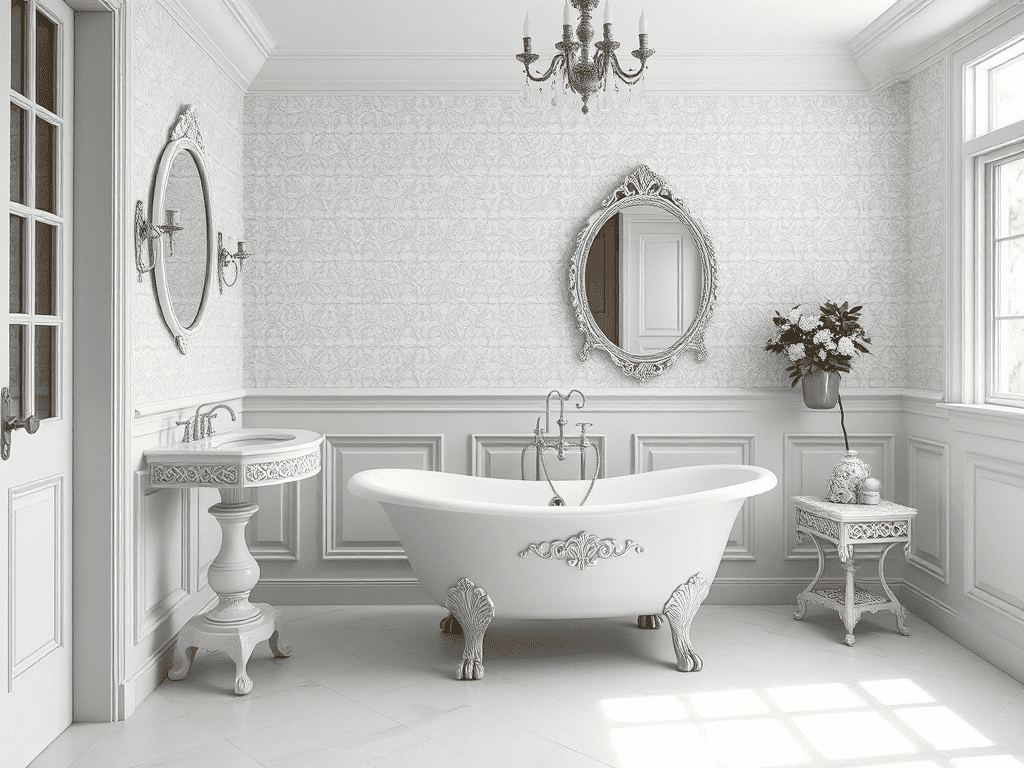
By understanding the key characteristics of victorian era interior design and incorporating them thoughtfully into your home, you can create a space that is both elegant and timeless. Whether you prefer a traditional or modern interpretation, the victorian style offers a wealth of inspiration for creating a truly unique and beautiful home.

